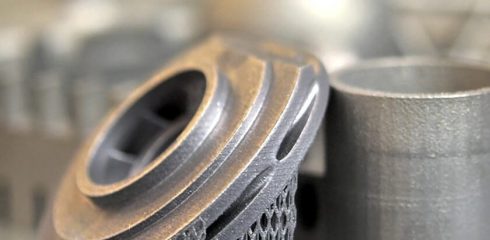
A s one of the most remarkable structures from medieval era, Leaning Tower of Pisa is worldwide known not only as a symbol of national monument but also as a pleasant engineering mistake. The tower has leaned from the start because of the improper foundation design. Since then, the tower has undergone many repairs and renovations designed to keep it standing despite the obvious tilt.
s one of the most remarkable structures from medieval era, Leaning Tower of Pisa is worldwide known not only as a symbol of national monument but also as a pleasant engineering mistake. The tower has leaned from the start because of the improper foundation design. Since then, the tower has undergone many repairs and renovations designed to keep it standing despite the obvious tilt.
Not every engineering miscalculation had such luck as the Leaning Tower. In fact, most of such projects end up with costly financial write-off, or even fatal losses. Unfortunately, such failures have occurred in the silo industry as well.
Due to process system requirements, silos are either elevated and supported by a steel or concrete supporting frame or directly rested on a foundation underneath. Currently, most projects have separate engineering teams to be responsible for the silo design and supporting system design.
Steel or concrete silos are normally analyzed with their bases considered to be completely rigid. However, the foundation resting on deformable soils or supporting frame underneath also undergoes deformation depending on the relative rigidities of the supporting system and silos. Interactive effects are, therefore, necessary to be fully understood as one aspect of the system design. If necessary, an analysis for the accurate assessment of the response to consider such interaction effect on both, silo and supporting system, should be performed.
With the assumption of completely rigid supports underneath, silo designers are used to obtaining the reactions and internal forces for the most economic engineering design. But the equal-load assumption is not always the case. As we know, there is no such completely rigid system in reality. Every structural member and foundation has it own flexibility. Different support stiffness arrangement will trigger load redistribution in the silo walls and cause stress concentrations in localized areas. In some extreme cases, underestimating such local stress concentrations will definitely reduce the safety margin of a silo design.
On the other side, unevenly distributed silo forces due to the interactive effect between a silo and its supporting system may have unintended consequences in the supporting system as well. In the nonequivalent support stiffness system, the more rigid supports will always receive more load from the superstructure. Underestimating such additional load will also reduce the safety margin of the supporting members.
The whole system may also have potential systematic issues such as non-uniform settlement like the Leaning Tower of Pisa, while silo and support underneath can keep standing as a separate component.
To summarize, a silo is one component in the load transfer system, but not an isolated “block”. Unintended localized stresses on silos could occur due to improper interaction design of silos and supporting foundations or structural frames. In order to make the whole system work together as a sound robust unit, the interactive reactions between silos and supporting structures should always be taken into account. Mutual communication between the silo designer and supporting system designer, if not the same, should always be in place to avoid any unpleasant disaster.





